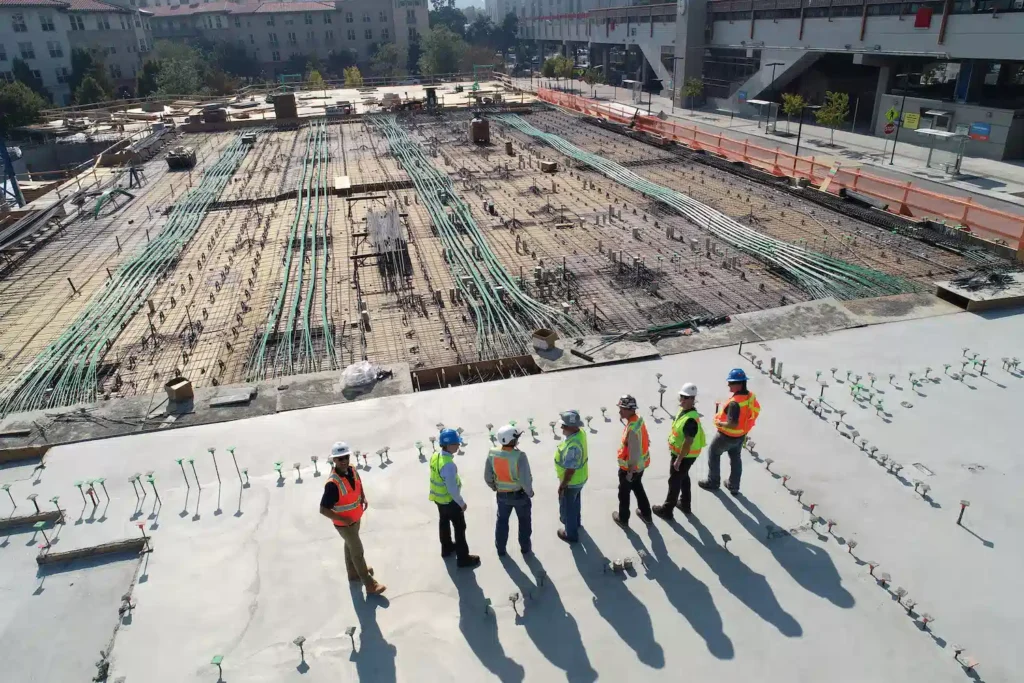
Construction equipment valuation
When it comes to construction projects, the right equipment can make all the difference. Whether you’re operating excavators, backhoe loaders, or bulldozers, understanding how to value these essential assets is crucial for any contractor or business owner. Construction equipment valuation goes beyond simple pricing; it’s about assessing performance, condition, and market demand.
As technology evolves and industry standards shift, knowing what your machinery is worth becomes more complex yet vital. From cranes to dump trucks and concrete mixers to forklifts, every piece of gear has its unique factors that influence its valuation. Join us as we explore modern techniques in this field and uncover future trends that will shape how we assess construction equipment moving into 2024. If you’ve ever wondered about depreciation or how various machines like pavers and drills fit into their overall value—you’re in the right place! Let’s dive deeper into the world of construction equipment valuation together.
Construction equipment valuation
Construction equipment valuation is a crucial aspect of the industry. It involves determining the fair market value of machinery used in various projects.
Factors such as age, condition, and usage significantly influence this process. For instance, a new excavator will command a higher price than an older model showing signs of wear and tear.
Market demand also plays a vital role. During construction booms, bulldozers and dump trucks may see increased valuations due to heightened need.
Moreover, regular maintenance can enhance resale prices. Keeping equipment like cranes or concrete mixers in excellent working condition adds to their longevity and overall worth.
Technology advancements are altering how we assess these assets too. Software tools provide real-time data on performance metrics that help establish more accurate valuations across different types of construction gear.
This evolving landscape makes it essential for owners to stay informed about current trends and practices in equipment assessment methods.
Modern Techniques in Construction Equipment Valuation
Modern construction equipment valuation has evolved significantly with technology. Advanced software tools now streamline the assessment process. These solutions analyze real-time data, making it easier for professionals to determine accurate values.
Artificial intelligence plays a crucial role, enabling predictive analytics that can forecast future valuations based on market trends and equipment performance. This approach enhances decision-making and risk management in asset acquisition or liquidation.
The use of drones is another innovative technique gaining traction. Aerial surveys provide comprehensive visuals of heavy machinery like excavators and bulldozers, allowing evaluators to assess condition quickly without manual inspections.
Blockchain technology is also emerging as a game changer for maintaining transparent records of ownership history and maintenance logs. Enhanced traceability ensures that all parties involved have access to verified information, increasing trust in the valuation process for assets such as cranes or dump trucks.
the Future of Construction Equipment Valuation: Trends and Insights for 2024
As the construction industry evolves, so does the approach to equipment valuation. Emerging technologies are leading the charge into 2024. Advanced data analytics and AI-driven algorithms will provide more accurate assessments of machinery like excavators, bulldozers, and cranes.
The rise in electric-powered construction tools is also shifting value perceptions. As sustainability becomes a priority, eco-friendly equipment may command premium valuations compared to traditional models.
Additionally, real-time tracking systems for backhoe loaders and dump trucks allow businesses to monitor usage patterns closely. This information can significantly influence depreciation calculations.
Market demand will play a crucial role as well. With ongoing infrastructure projects worldwide, understanding regional trends for compactors or concrete mixers could impact their future worth substantially.
Investment in training programs focused on new technologies will further enhance valuation accuracy—ensuring that professionals stay ahead in this dynamic landscape of construction equipment assessment.
Understanding Depreciation: A Guide to Construction Equipment Valuation
Understanding the intricacies of depreciation is crucial for anyone involved in construction equipment valuation. Depreciation reflects the reduction in value of assets over time, primarily due to wear and tear, obsolescence, or age. For heavy machinery such as excavators, bulldozer loaders, and cranes, this can significantly impact their market value.
Different types of construction equipment depreciate at varying rates. For instance, dump trucks and concrete mixers might have a different lifespan compared to compactors or scaffolding systems. Knowing how these factors affect each piece of equipment can help buyers and sellers make informed decisions.
Several methods are used to calculate depreciation—straight-line being one of the most common approaches where an even amount is deducted annually. However, accelerated methods may be more beneficial for certain machinery based on usage patterns and industry standards.
When assessing items like generators or forklifts for resale value or insurance purposes, it’s essential to account not just for physical condition but also for how technological advancements could further influence depreciation rates.
The key takeaway here is that understanding depreciation helps stakeholders accurately assess the worth of their assets in real-time scenarios while planning future investments wisely within the ever-evolving landscape of construction. As technology advances and new regulations emerge in 2024 and beyond, staying updated on these trends will only bolster your valuation strategy moving forward.

